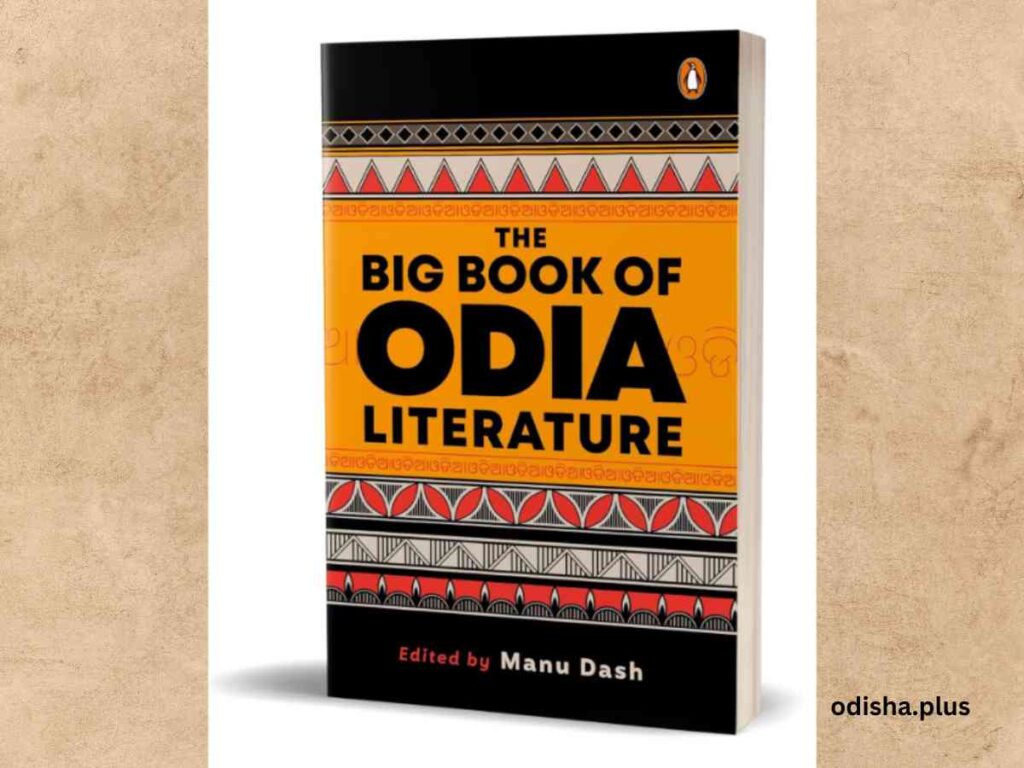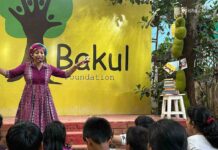This 700-page collection encompasses a wide range of genres, including poetry, prose, drama, and folk literature, reflecting the cultural, social and historical contexts of Odisha
Bhaskar Parichha

The Big Book of Odia Literature
Ed. by Manu Dash
Penguin Random House India
Gurugram
The comprehensive anthology of Odia literature edited by Manu Dash serves as a rich repository that encapsulates the diverse and vibrant literary heritage of the Odia language. This 700-page collection encompasses a wide range of genres, including poetry, prose, drama, and folk literature, reflecting the cultural, social and historical contexts of the region.
The anthology traces the evolution of Odia literature from its early forms, influenced by ancient texts and oral traditions, to contemporary works that address modern themes and issues. It highlights key literary movements and the contributions of significant writers throughout history. It includes classical poetry, such as the works of Jayadeva and his famous “Gita Govinda,” as well as modern poetry that explores personal and societal themes. Prose works range from novels and short stories to essays and critiques, showcasing the versatility of Odia writers.
Odia literature is deeply intertwined with the cultural identity of Odisha. The anthology features songs, and narratives that reflect the traditions, festivals, and rituals of the Odias. What is more, the book highlights the contributions of prominent Odia authors, such as Fakir Mohan Senapati, who is regarded as the father of modern Odia literature, and contemporary writers like Pratibha Ray and Jagadish Mohanty, who have garnered national and international acclaim.
Common themes explored in Odia literature include love, nature, social justice and the struggle for identity. The anthology delves into how these themes resonate with the experiences of the Odia people and reflect broader human concerns. In addition to showcasing literary works, the anthology includes critical essays and analyses that provide deeper insights into the stylistic and thematic elements of Odia literature and also the play genre.
Writes Manu Dash in the introduction: ‘The Big Book of Odia Literature showcases the richness and variety of Odia literature through a representative selection of poems, short stories, essays and plays written in various parts of the eastern Indian state of Odisha since the 10th century. Like any other language across the globe, Odia witnessed the emergence of poetry first. Though few saints and mystic poets like Kanhupa who wrote his poems in the Sandha language, for almost 600 years, it was Sarala Dasa who was identified as the first poet in Odia, for his sustained and masterly composition of epics like the Mahabharata, the Bilanka Ramayana and the Chandi Purana in the 15th century. The other key literary genres such as fiction, essay and play came into being only in the last quarter of the 19th century. Fakir Mohan Senapati published his first story, ‘Rebati’ in 1898, heralding the birth of fiction writing in the Odia language. ‘Rebati’ is considered to be the first story available in Odia literature. The first essay in Odia titled ‘Mandira Manankare Kutsita Murti [Vulgar Idols Inside the temple, years before the rise of fiction in Odia]. The first play, Babaji, was also written by Senapati in 1873, and performed by Jagan Mohan Lal in 1877.’
The omnibus compiles a diverse array of writings from four distinct genres, reflecting the evolution of Odia literature from its origins to the present day. It features a total of 105 poems, 30 short stories, 23 essays, one short play, and an excerpt from a longer theatrical work. Through these curated selections, readers are afforded an opportunity to observe the literary and sociocultural transformations that have occurred over the centuries.
It encompasses selections from various languages, including Odia, Sambalpuri-Kosali, Sanskrit, Sandha, Santali, Kui, Oraon, Mundari, Kharia, Sadri, Kondha, Paraja and English. Additionally, it contains works originally composed in English, authored by writers based in Odisha as well as those outside the region who have a keen interest in Odia literature and culture.
The Big Book stands as an exceptionally rich, remarkable and enlightening compilation that showcases a curated selection of the finest works in Odia literature. This remarkable anthology, enhanced by the editor’s insightful commentary, serves as a guiding beacon for readers navigating the vast expanse of Odia literary heritage.
The Book represents a remarkable anthology of renowned writings in Odia and various other languages prevalent in Odisha. It encompasses literary works spanning four distinct forms in the Odia language, dating from the tenth century to contemporary times.
The curation of the selected pieces is meticulous, and the English translations are of exceptional quality. Engaging with this book promises to be both enjoyable and enriching. The BBoOL is not just a collection of texts; it is a celebration of the rich tapestry of Odia culture, history, and artistic expression, offering readers a profound understanding of the region’s literary landscape.
Being the first ever book, the anthology is going to play a crucial role in preserving the linguistic and literary heritage of Odisha, promoting the Odia language, and encouraging new generations of writers and readers to engage with their cultural roots.
An essential read for enthusiasts of Odia literature.
(The author is a senior journalist and columnist. Views expressed are personal.)



























